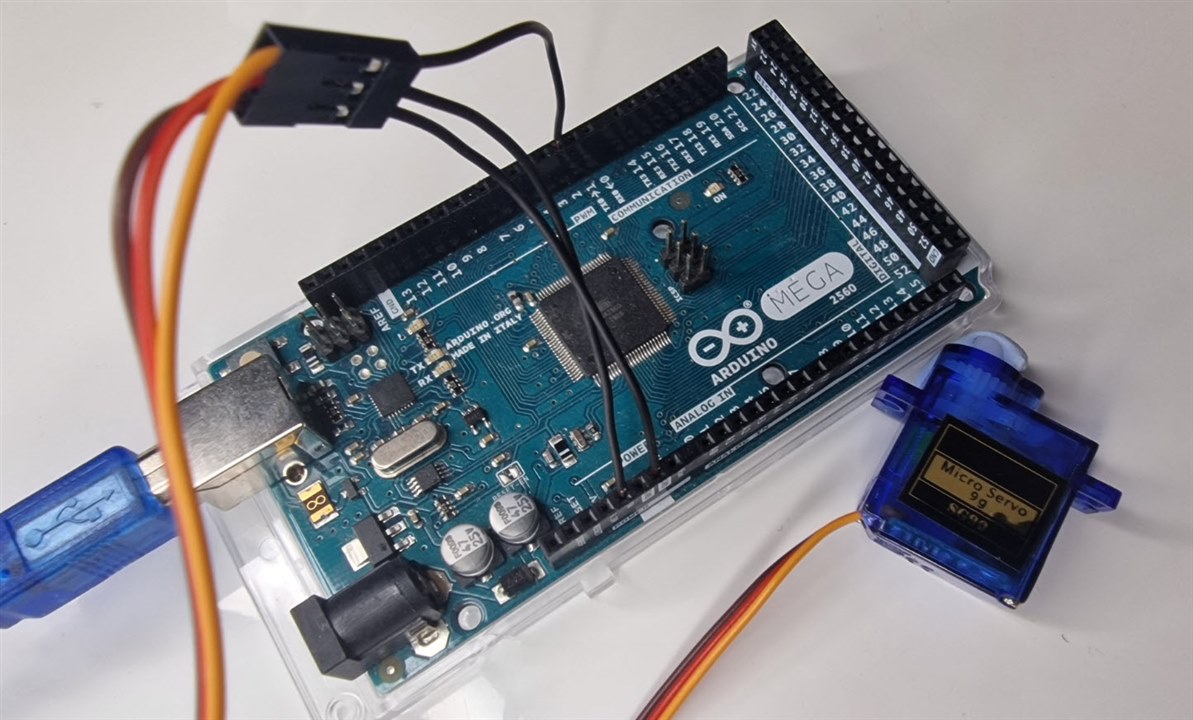
Can six servos all operate independent using and Arduino and PCA9685 PWM driver?
I am creating an model railroad barn yard animation scene. Six different animal perform movements using SG90 servos.
The cows in ellipse A tails moves left to right.
The cow in ellipse B moves its head left to right
The cow in ellipse C moves its head up and down
The pig in ellipse D moves it head up and down
The pig in ellipse E moves its head from left to right.
The modeller has asked that all animals perform motion at the same time. Cow tails swing. Cow heads move and pigs heads move. Each animal would complete a pattern. i.e. Cow C dips it head to gather feed and then raises it head to chew.
I'm confident I can create the servo action to simulate the motion individually. I'm not so sure if this is possible simultaneously.
I stuck on the concept of a thread. If the cows tails are moving that has to stop for the other animals to move.
Can some Arduino aficionados provide me some guidance? Is it possible to do this all with one Arduino or does it have to be broken down to be done by one or more Arduino?









